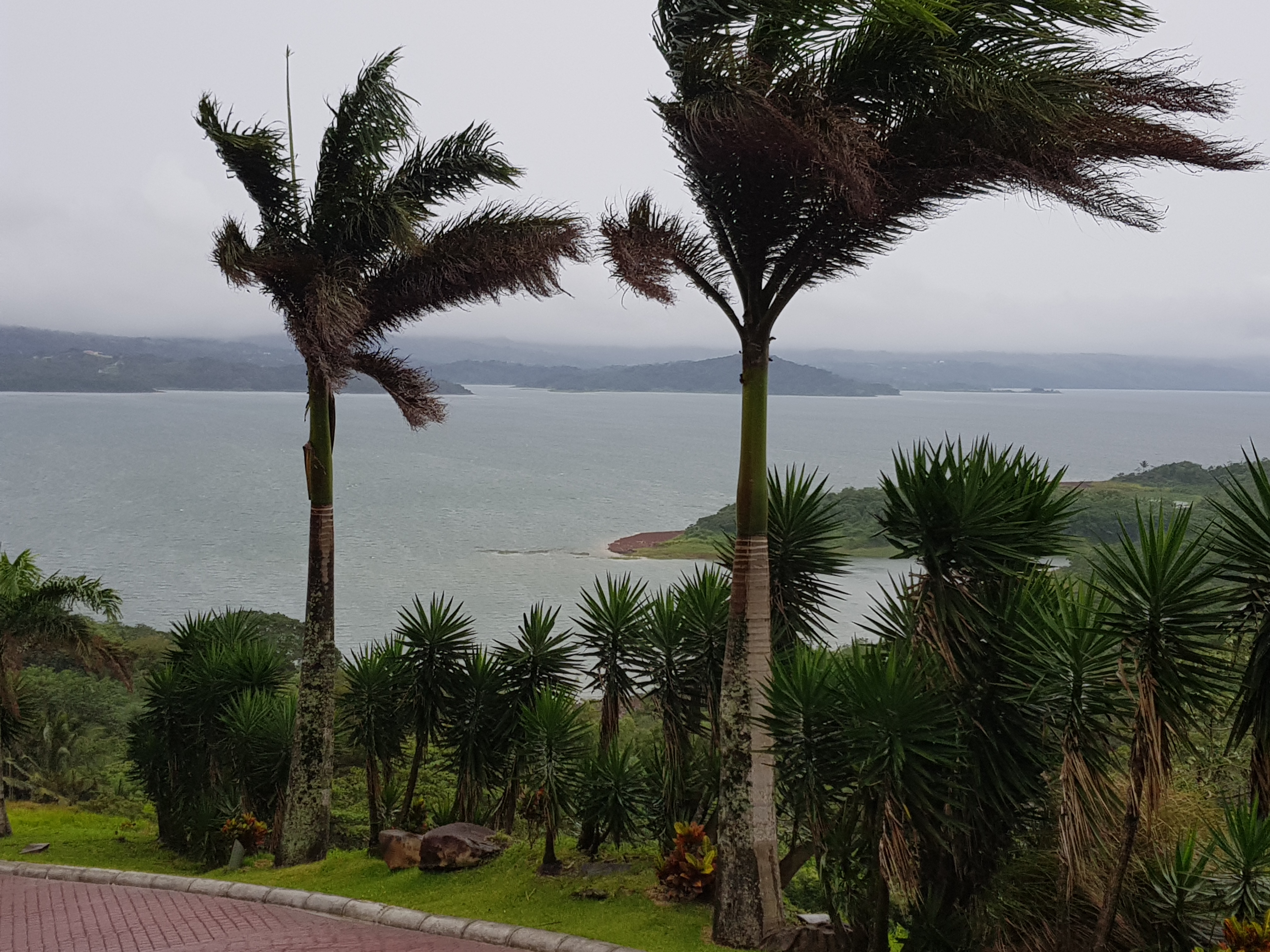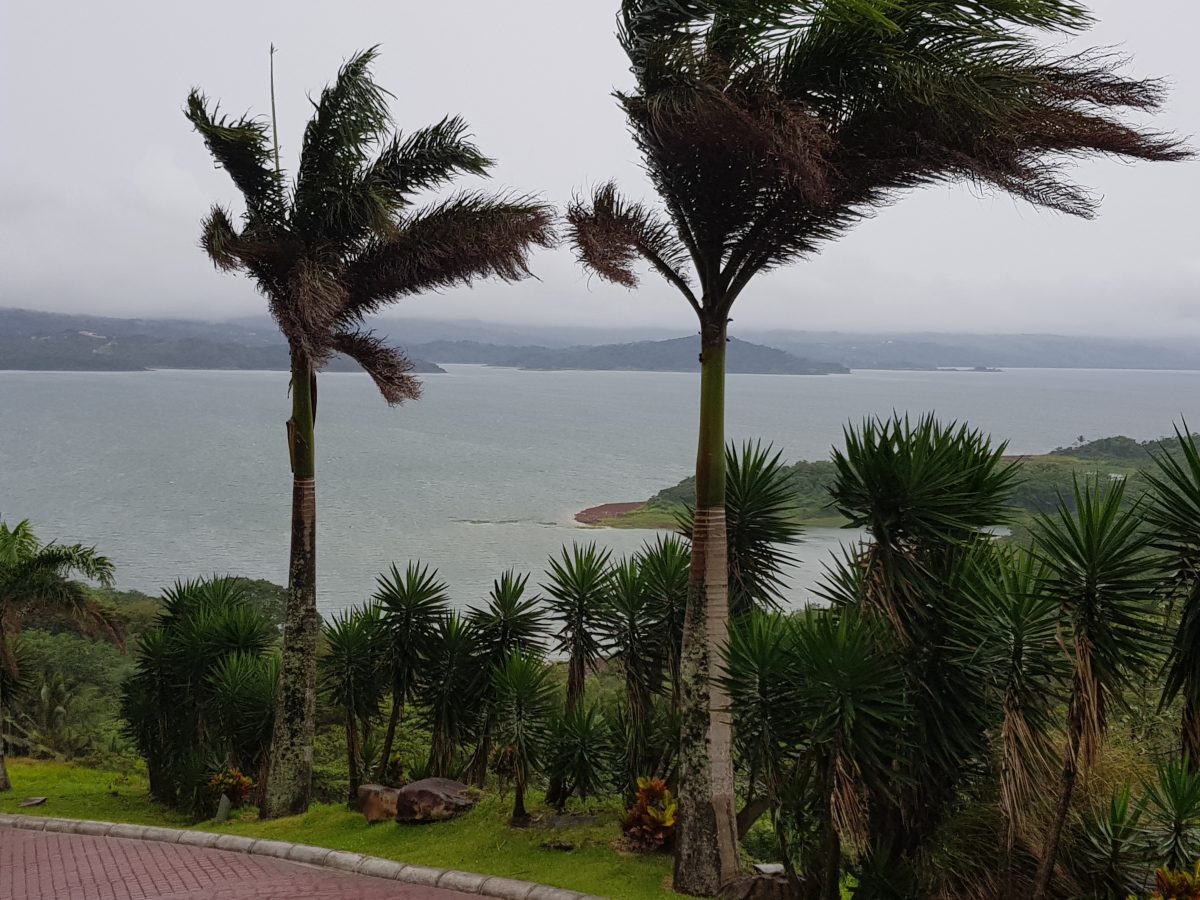Things to know before traveling/visiting/moving to Costa Rica
Dress appropriately.
Costa Rica is known for its natural beauty and exciting activities. It is also the most cosmopolitan country in Central America with a very high literacy rate and the latest technology. In the larger cities, particularly in the Central Valley where most folks live, they have modern malls and movie theaters with reclining seats and food service. It’s fine to wear hiking shorts and crumpled hats in the jungle or on the beaches, but not when you go into town. Keep in mind that, as in many Latin countries, most people are catholic and conservative in their presentation. Men wear long pants and women, whose clothing may be tight, do not show a lot of cleavage or bare midriffs. Gringos who dress like they’re in the jungle or who wear skimpy t-shirts to show off their gym-sculpted chests are perceived as obnoxious and disrespectful of the local culture.
Services are extremely affordable.
Your average middle-class Costa Rican probably makes between $1,000 and $1,200 per month. Therefore, necessities such as electricity, water, Internet and cell phone service are priced for them. The water for my house is about $11 per month; cell phone unlimited service $30; and electricity about $40. Also, because I (as well as 70% of the population) live in the central valley, there is no need for heat or air conditioning; my house doesn’t even have them. The temperature and humidity at the beaches can be very high, so residents have and use A.C. However, rents are half of what they are in the valley, so the cost of living evens out.
Food – A mixed bag
Costa Rica’s agricultural products, such as coffee, fruits and vegetables, are great and affordable when you know where to buy them. Food chains such as Automercado and Fresh Market are designed to look like US stores; and the prices are quite high. Mas por Menos (More for Less) is more affordable, and Pali is the cheapest (but lacks amenities such as air-conditioning). Price Smart is pretty good, but you need to buy a membership ($35) and buy most things in bulk. Weekend open-air markets and coffee farms are also where you can get great buys.
Shopping
Costa Rica is a gringo’s shopping paradise where you can find many of your favorite stores and product brands. However, you will pay dearly because they’re imported and at least double of what you’d pay in the States. Many of the goods you buy in Costa Rica are imported and of poor quality. It’s a small country with a very small manufacturing sector, so most items, in order for locals to be able to afford them, come from China and are made of less than optimal materials. For example, the soap dispensers and dishrack that I bought looked good in the store but rusted in less than a year. My ice cream scoop snapped in half. It is worth a trip to the States with an empty suitcase for bringing back housewares and other necessities.
Customer Service
Costa Ricans are very polite and pride themselves on being helpful. However, there are two important facts: First, never just walk up to someone and ask where something is; always start with Hello and How are you? Second, don’t expect to be able to return items because you bought the wrong thing or just don’t like it. This is a very North American concept. Store staff are young and poorly paid and have no authority to provide such a service; and, in such a small country, stores don’t have the kind of inventory where they can afford to take things back and/or return them to a factory.
Don’t direct anger at the locals
In the eyes of the locals, we are gringos malcreados (spoiled Americans). And they’re right. In the US, we expect products to work. We expect that food past the expiration date has been removed from the shelves. If we arrive in a store or office during working hours and wait on line, we expect to be served even if it’s past closing time. When we buy something on sale, we expect the sale price to be programmed into the register at checkout. We expect that the customer is always right. When we’re unhappy with the service, or we have a problem, we expect to talk to a manager. I am not implying that none of these things are true here, but it is critical to one’s well-being not to have expectations, and NEVER PUBLICALLY EXPRESS FRUSTRATION or your well-founded rage. Unlike in the US, self-righteous indignation or tantrums not only don’t work— they guarantee that even those who know that you’re right and can help you will not. Once I lost my temper at a moronic bank teller who refused to accept a $10 water payment (thereby causing me to rush across town to another branch); I stormed out and smacked into a glass door. It turned out that the guard who had witnessed the scene just happened to take a quick break and lock me in the bank.
Plumbing
There is modern plumbing and clean water in most of the country. In those rare rural areas where there isn’t, you’ll find bottled water. (Remember that tourism is the biggest industry here, and visitors are catered to.) However, what you will find is that what goes down the sinks and toilets does not necessarily flow easily into a sewer or septic tank. In many hotels and restaurants, what looks at first glance like a sign warning you not to flush tampons down the toilet is really telling you not the throw toilet paper in the john. (In such cases, there are plastic-lined wastebaskets nearby.) Even in the modern upscale homes and hotels, toilets clog easily. A useful tip: At the risk of being too graphic, if your stool is usually hard, I recommend you take a stool softener or Miralax one week before and throughout your trip. Otherwise you might find yourself constantly apologizing to management while asking for a plunger or just fleeing the facility before everything floods.
Now who else would give you such useful advice?
More to come and Pura Vida!

